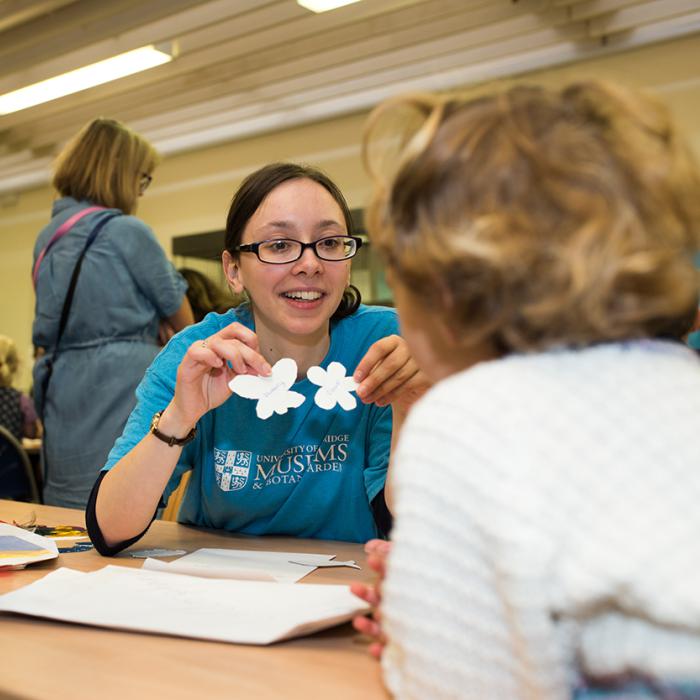A programme full of contrasts from one of today’s most impressive pianists. Clare’s imagination and thirst for discovery have put her in a league of her own. She enjoys a rich career working as a soloist, chamber musician, with major orchestras and conductors, and in 2024 Clare made her debut at the BBC Proms. This evening will range from dancing miniatures to major new works by leading composers. Simplicity alongside virtuosity, it will be the perfect finale to the season.
Doors open at 7.30pm.
Programme:
Doors open at 7.30pm.
Programme:
- Rebecca Clarke, Poem
- Caroline Shaw, Entr’acte
- Fanny Mendelssohn, Quartet
- Dmitri Shostakovich, String Quartet No.3
Doors open at 7.30pm.
Programme:
- Erich Wolfgang Korngold, String Quartet No.2
- Ryan Latimer, Spinfall
- Antonín Dvořák, String Quartet in G major, Op.106
Doors open at 7.30pm.
Programme:
- JS Bach, Partita in E minor, BWV830
- Scriabin, Sonata No.5, Op.53
- Chopin, Three Mazurkas, Op.59; Barcarolle, Op. 60; Piano Sonata No.3, Op.58
Doors open at 7.30pm.
Programme:
- Claude Debussy, Cello Sonata in D minor
- Alexander von Zemlinsky, Clarinet Trio, Op.3
- Robert Schumann, Phantasiestücke for clarinet and piano, Op.73
- Johannes Brahms, Clarinet Trio, Op.114
Two fearless performers whose musical brilliance is matched by the physical theatricality of their work. This electro-acoustic programme will bring together powerful explorations of body, voice and sound. You can expect a set that alternates from the visceral to the hypnotic; music that is both challenging and beautiful, and that draws inspiration from across artforms.
Riot Ensemble have become a vital part of the new music scene in Britain and increasingly worldwide. They champion composers with tireless dedication, giving jaw-dropping performances of the most exciting new works. For this concert a set of solos and duos will take place in every corner, making full use of the unique acoustics of this special space. A sextet from the Riot Ensemble will then unite to perform a major new work by Norwegian composer Eric Skytterholm Egan, a meditation on a passage from James Joyce’s Ulysses.
Doors open at 7.30pm.
Doors open at 7.30pm.
Programme:
- Arthur Honegger, Intrada
- Benedetto Marcello, Oboe Concerto in C minor
- Gabriel Fauré, Vocalise-étude
- Alan Hovhannes, Sonata for trumpet and organ
- Jean-Baptiste Arban, Carnival of Venice
- Astor Piazzolla, Bordel 1900 & Café 1930
- Carl-Maria von Weber, Konzertstück (arr. for solo accordion)
- Astor Piazzolla, Ave Maria
- Vassily Brandt, Concert Piece No.2
Doors open at 7.30pm.
Programme:
- Bohuslav Martinů, Piano Trio No.3 in C major, H332
- Ludwig van Beethoven, Piano Trio No. 2 in G major, Op.1 No.2
- Antonín Dvořák, Piano Trio No. 3 in F minor, Op.65
In partnership with ChamberStudio, supported by The Cosman Keller Art & Music Trust
Doors open at 7.30pm.
Programme:
- Kreisler, Praeludium & Allegro
- Korngold, Suite ‘Much Ado About Nothing’, Op.11
- Bach/Schumann, Partita No.1 in B minor, BMV1002
- Lili Boulanger
- Stravinsky, Divertimento from The Fairy’s Kiss
- Szymanowski, Paganini Caprices

